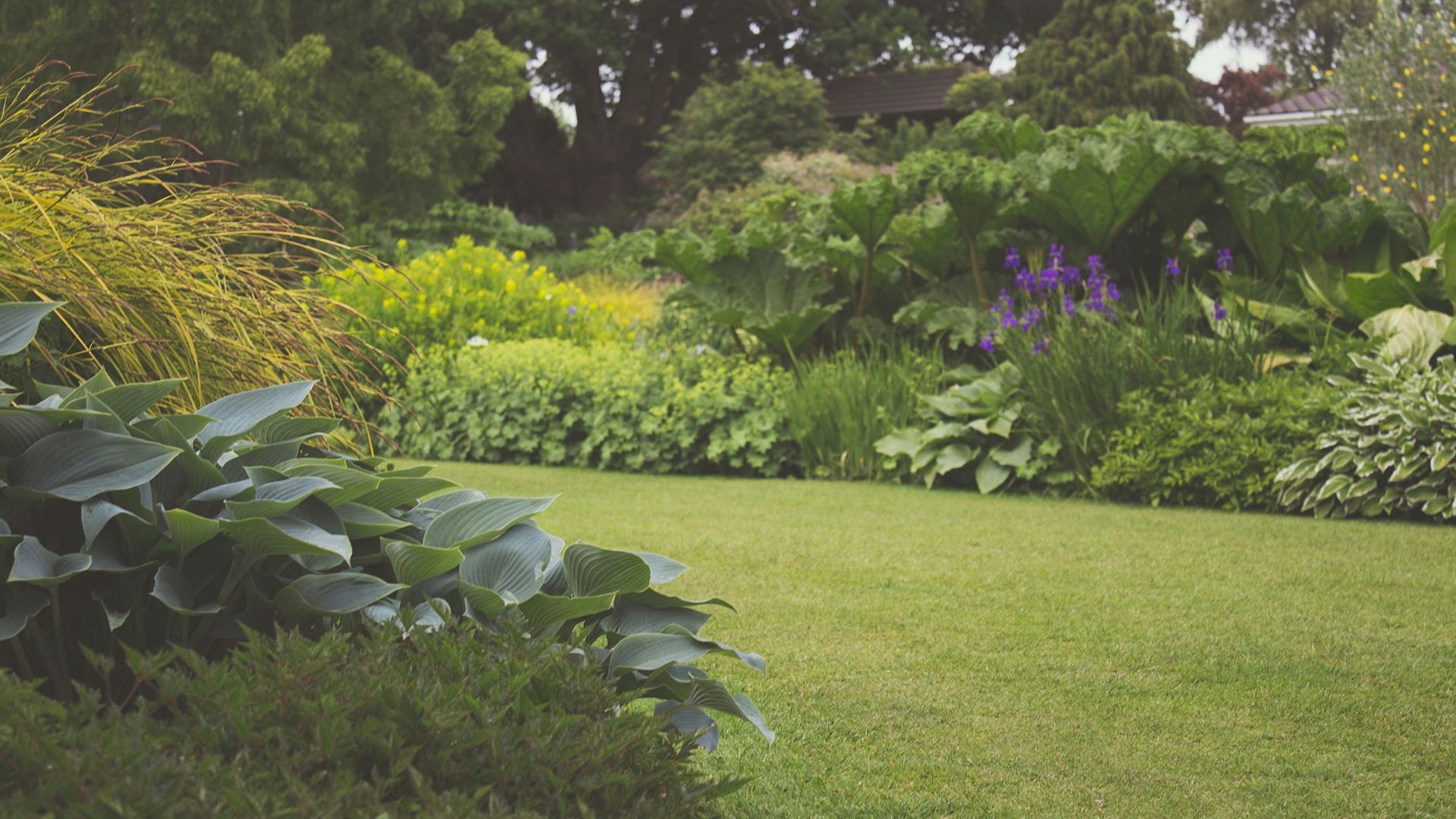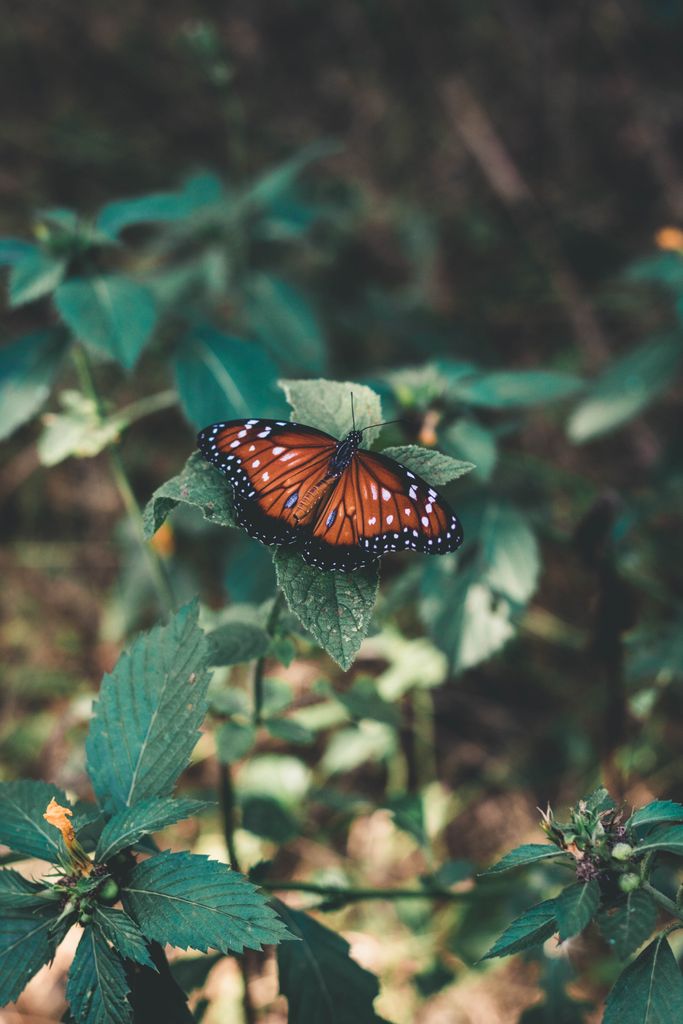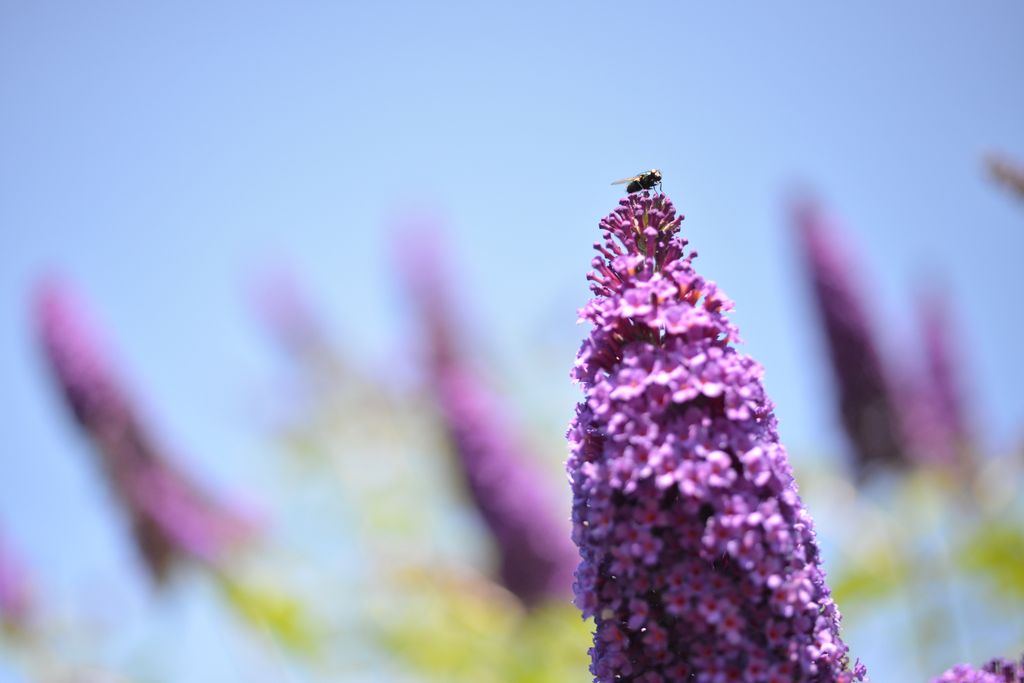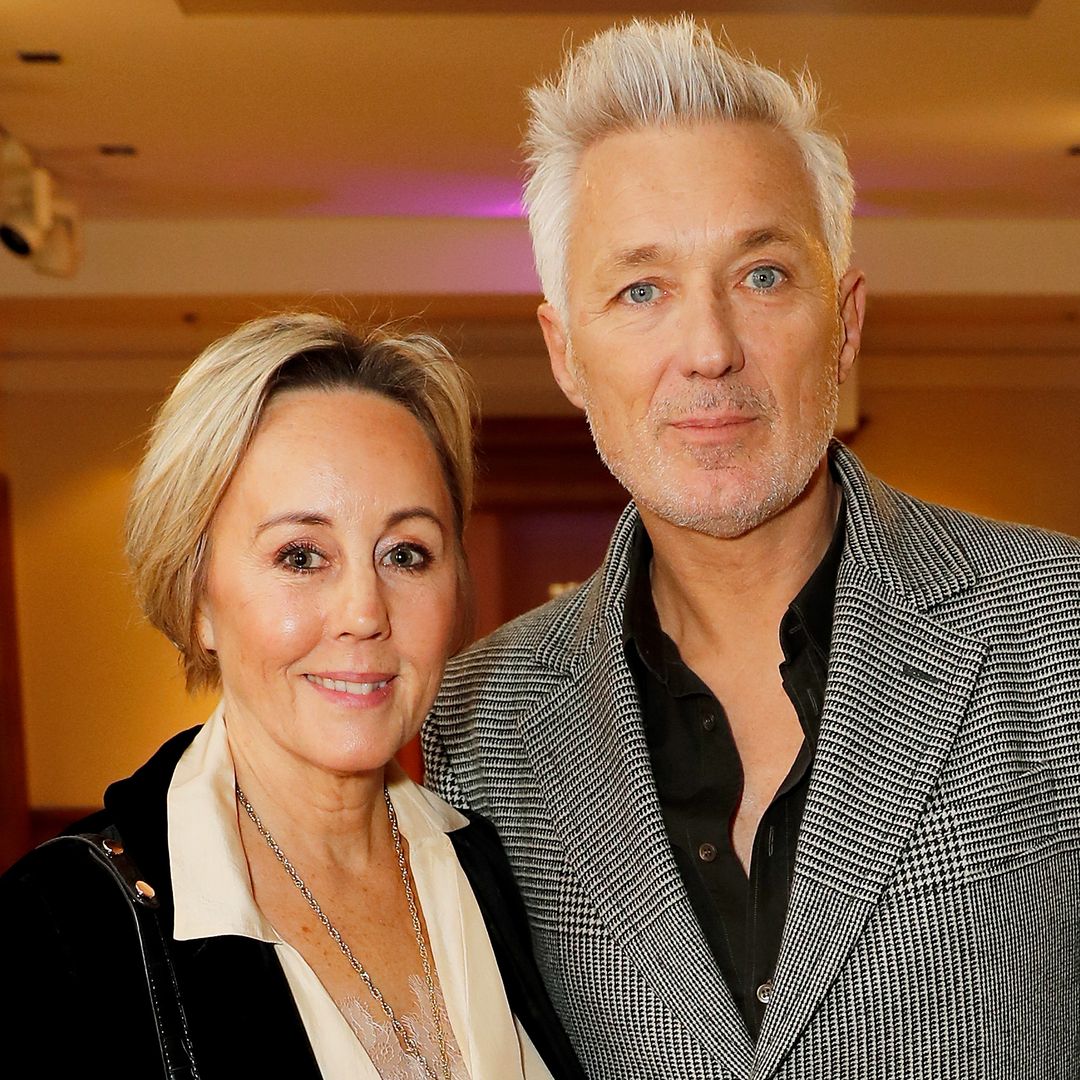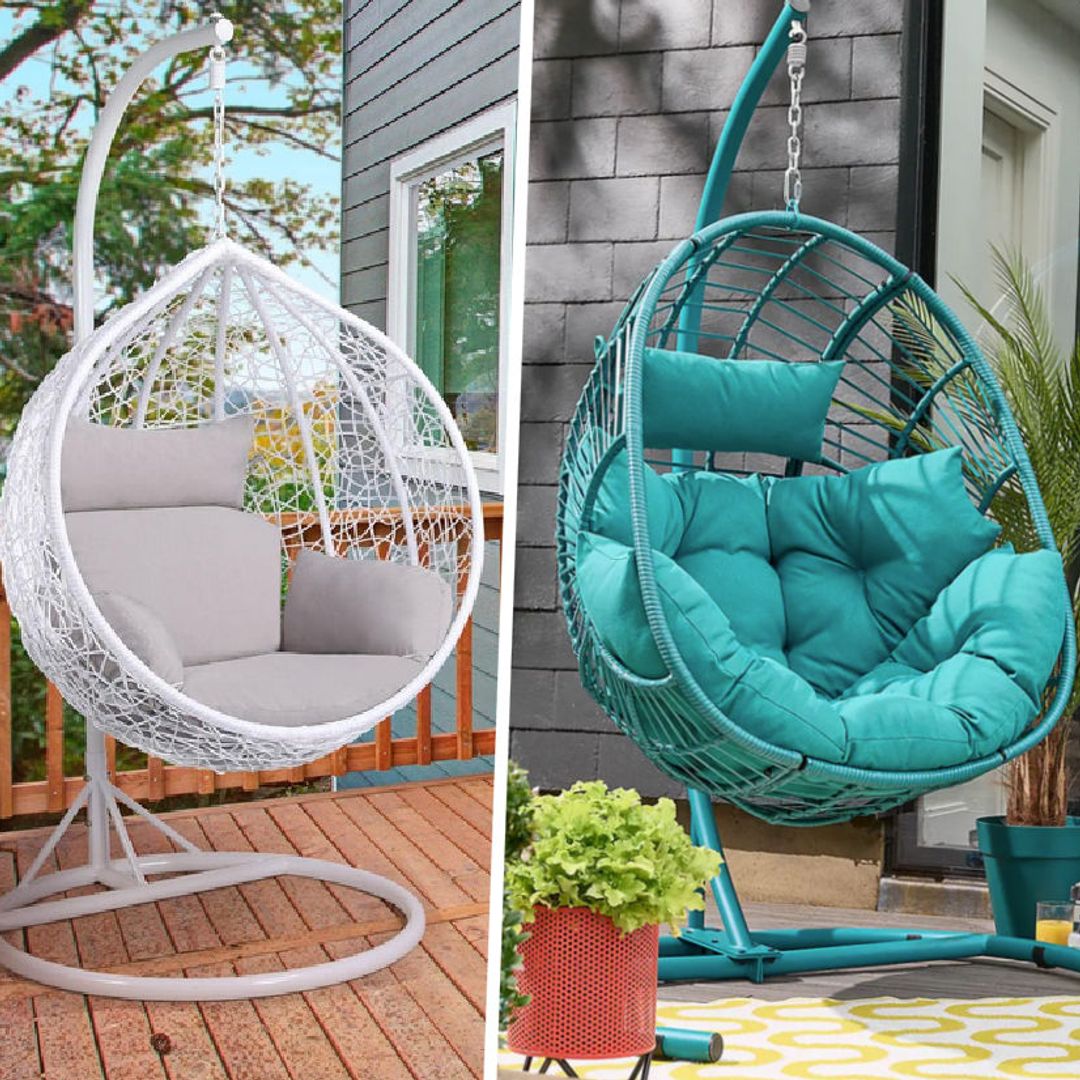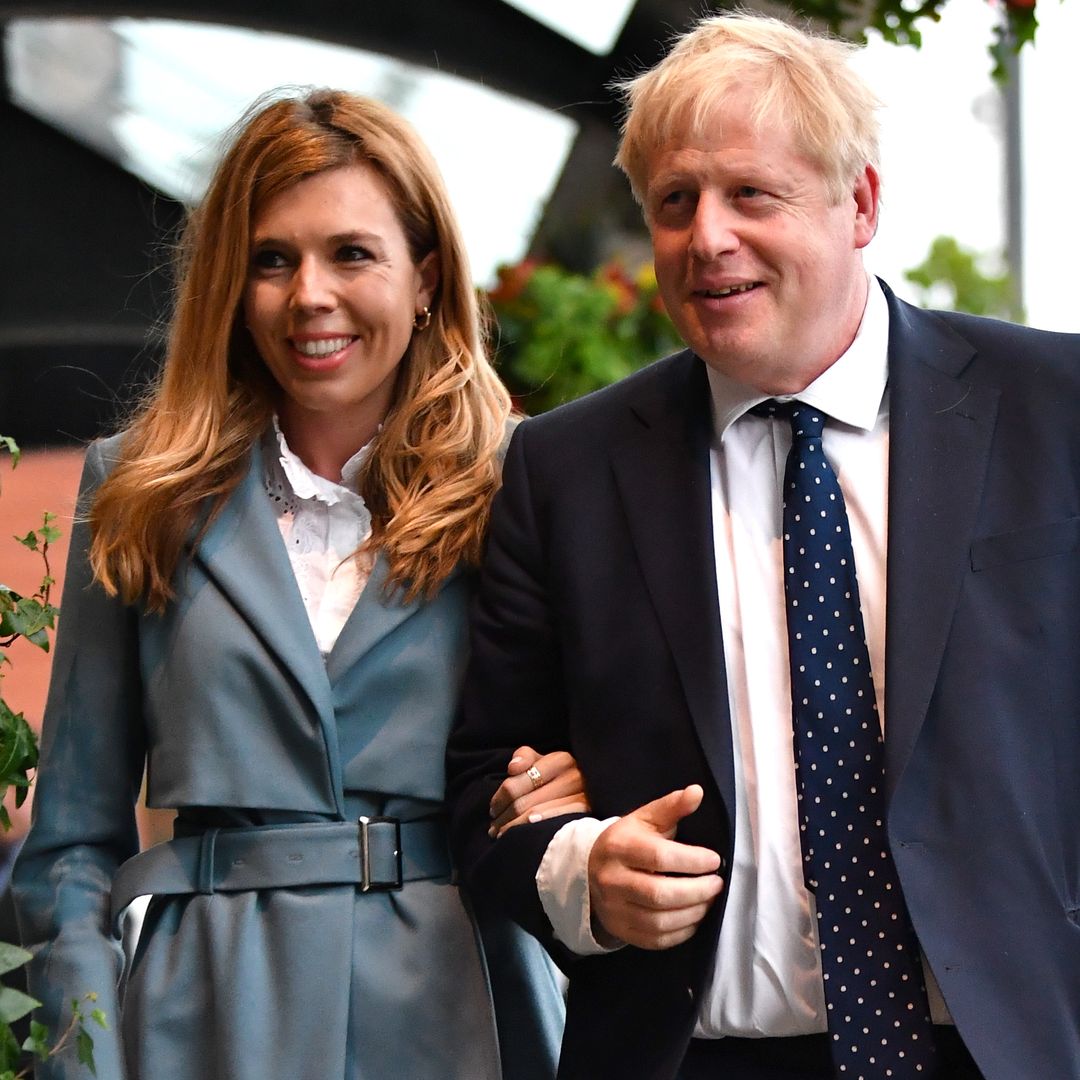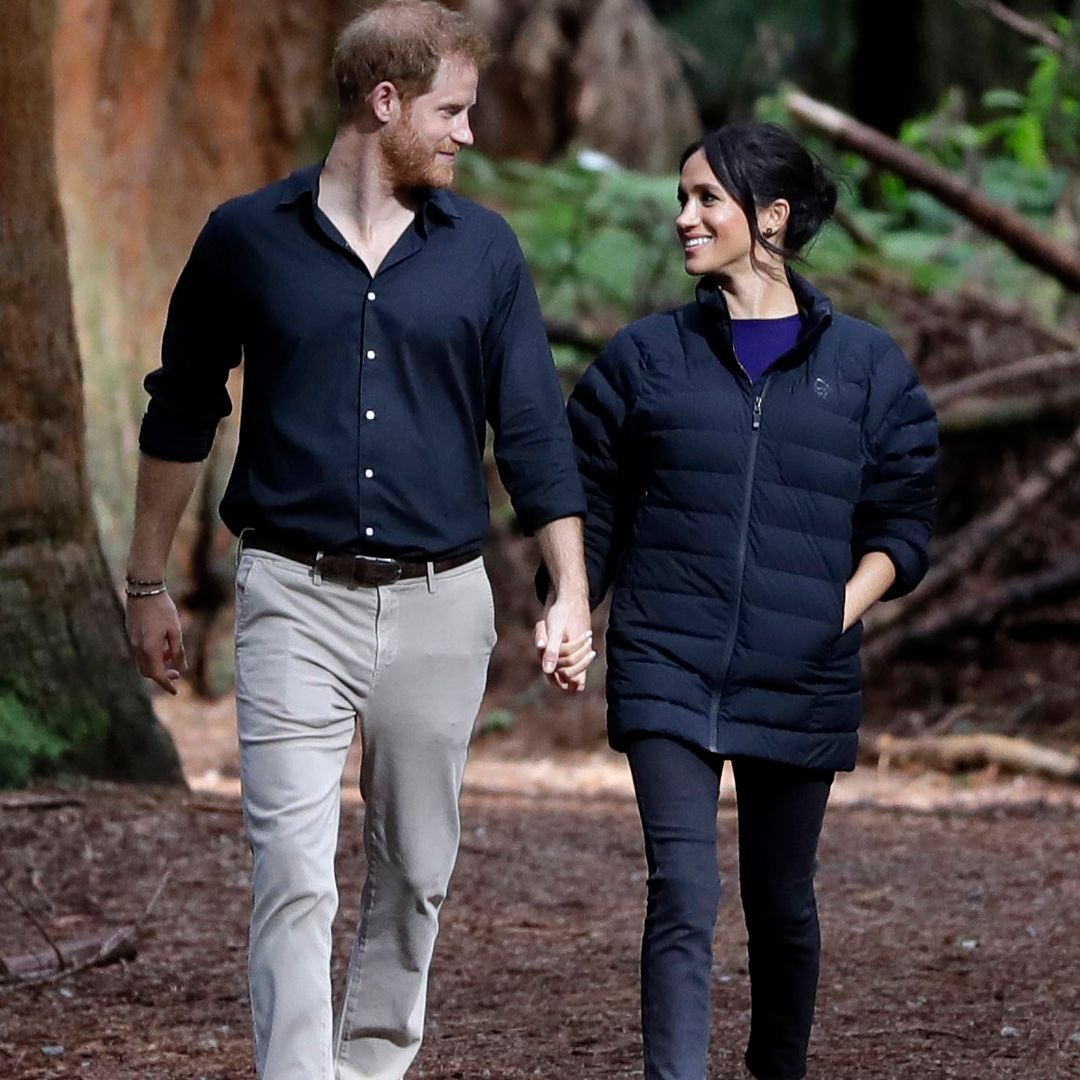Summer is the perfect time to get gardening, especially if the sun is shining, but are you doing the right things to encourage biodiversity in your outdoor space this season? King Charles is known for his eco-friendly, nature-encouraging gardens – and they are all the rage.
Housebuilding company Redrow have partnered with gardening expert Arthur Parkinson to uncover the biggest gardening mistakes that lots of people make, consequently repelling animals, and here's how to avoid them at all costs…
1. Opting for astroturf
Gardens act like sponges vitally absorbing carbon, releasing oxygen and acting as air filters and even noise barriers but they can only do so if they are full of living plants. Astroturf suffocates soil by cutting off air, shutting off an entire ecosystem of insects and birds that would otherwise visit your garden.
Astroturf is also unable to absorb water during rainfall making your garden and home less resistant to flash flooding and soil erosion. In hot weather, astroturf will also overheat and it has a lifespan of around ten years so not very eco-friendly when it has to go to landfill.
2. Not planting the right plants
Research from Redrow shows that 26% of people haven't seen a butterfly in their gardens in the last month. The buddleia (aka a butterfly bush) remains one of the gardening world's best kept secrets and you can plant these in your garden to attract beautiful butterflies. They don't have to be huge like the ones you see in the wild. Thanks to recent breeding, a range known as the ‘buddleia buzz’ is a dwarf relative that comes in an array of colours with honey-scented flowers. They make lovely choices for pots too.
3. Falling victim to dehydration
Water is becoming a precious resource so it's important to consider where you can put a water butt to store rainwater, rather than always opting for the hosepipe. As well as your plants, think about the wildlife by topping up a bird bath.
Also, hedgehogs and frogs will appreciate water at ground level this could be as simple as a metal dustbin lid dug into the edge of a flowerbed. These mini ponds must have gently sloping sides and be planted with lots of marginal and aquatic plants like water mints to be successful.
4. Choosing pesticides and herbicides
Using chemicals around your garden is detrimental to wildlife and also to our own health. Remember there are always organic alternatives to weed killers. Household white vinegar is far less aggressive and does the job without damaging the biodiversity in your garden. By encouraging wildlife such as frogs, hedgehogs and songbirds into your garden, a lot of insect pests will be naturally dealt with just as nature always intended. Some plants can also actively assist as deterrents lavender for example repels fleas and mosquitoes and ants don't like mint!
5. Leaving your fences in the nude
Jazz up your bare fences by planting climbing perennials – animals will love it and your eye will too. Honeysuckle is one of the best wildlife-attracting plants for all pollinators - moths can smell their flowers from miles away and their berries are loved by birds. Climbing roses, passion flowers, clematis and the self-clinging hydrangea petiolaris, will all help create an oasis of green in your garden and give it a look of maturity too.
6. Having excess light
Remember, wildlife prefers dark gardens at night. Excess light can be harmful to insects. So have your garden lighting on dimmers or timers so that your garden can properly go to sleep.
7. Only using compost
Potted plants are a lovely way of bringing gardens of any space to life, however, bought in compost mixes can eventually become lifeless, they need the microorganisms found in organic soils to ensure flourishing plants. If you see molehills when out for a walk, take some handfuls home and add this to your potting mix. Ensure also that your pots have drainage holes too.
MORE: 5 secret royal swimming pools: Prince William and Kate, King Charles and more
8. Not taking inspiration from everywhere
As a nation, we are famed for our amazing - from Beatrix Potter's Cottage Garden to Buckingham Palace gardens and our precious wildflower meadows, the message to make sure our gardens are havens for both us and biodiversity.
Thanks to social media and the internet there's plenty of inspiration, but my best advice is to visit gardens and green spaces too for inspiration.
